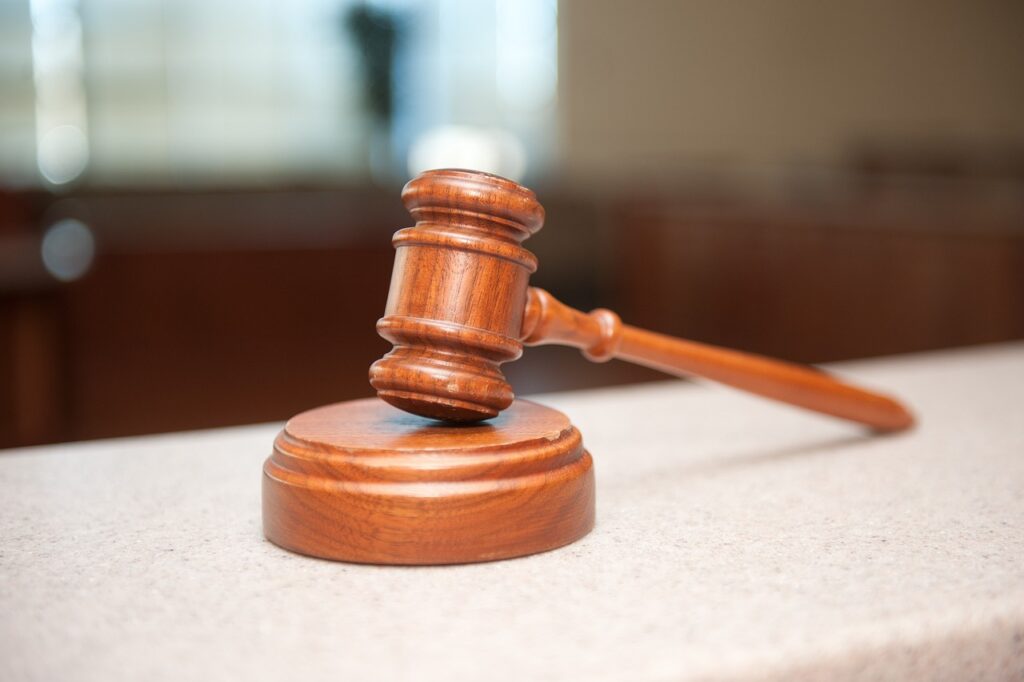Published on 12th February 2025
Authored By: Mimansa Pandey
Indian Law Society
INTRODUCTION
Kesavananda Bharati Sripadagalvaru VS State of Kerala on 24 April, 1973. One of the longest case in the Indian history after independence. It took 68 days for justice to prevail in Kerela and it sidelined around 100 cases and the judgement was 703 pages long. The case was so hard to justify that the judges referred to 70 constitutions around the world. The doctrine of basic structure of constitution had emerged from this very case. A Thirteen judge bench was required to give the validity to this judgement. The doctrine of basic structure is that how India’s constitution has a basic structure and the parliament cannot do any kind of amendment in the constitution’s basic structure in any case.
BACKGROUND
After independence all the states of India started to work on their states in order to elevate the economic and social conditions of the states. The people of India got to know that they have the right of equality and the states and their government understood that the concentration of wealth in the hands of only certain people is not the good idea if they want the overall development in the state. The state Kerela at that time passes the Kerela Land Reform act 1963 for improving the conditions of the zamindari system, land ownership, tenancy laws. This act used to put limits on how much land a person can own and in short it put limits on the property rights of people. During that time the chief government of Kerela Shri Sankari Prasad acquired the land of the Edneer mutt and because of this acquisition the mutt was facing financial crisis and they were not able to get any donation and handle their affairs properly. The head of the mutt Kesavananda Bharti filed a case against the government. The case of Kesavananda Bharati was presented by the Nana bhai Palkiwala. This Land Reforms Act was putting restrictions on the right to property of people and that is why in March 1970 Kesavananda challenged and opposed the act and filed a writ petition in the supreme court of India. He said it is violating his article 14, article 19 (1) F, article 25, article 26. According to him owning, using and managing a land is the fundamental right of the people and these fundamental rights should be protected by the constitution.
At this time there was a rift going on between the two very powerful and important components of India – The parliament and The Supreme court of India.
The Parliament said that according to article 368 of the constitution they had unlimited powers to do any kind of amendment in the constitution. BUT the supreme court did not agree with this they opposed it. Even in the Golaknath VS the state of Punjab there were many limitations put on the powers of parliament and that is why the parliament brought the article 24th, 25th and 29th amendment act so that the they can get get their powers back.
The amendment of article 24th said that the parliament can amend any provision of the constitution. The 25th amendment said that the right to property can be curtailed by the parliament and the compensation will be decided by the parliament. The 29th amendment was that the right to property was put in the ninth schedule of the constitution and this step gave the immunity to this right from any kind of questioning by the court. In the kesavananda Bharti case these three amendments were also challenged and there were a lot of things challenged in this case. Still the two main questions of this case were that can the parliament amend the fundamental rights and the second question was that if yes they can then till what extent and which provisions can they do it.
ARGUMENTS OF THE CASE.
PETITIONER
- The petitioner argued that the parliament’s right to amend the constitution
was restricted and limited and they cannot change anything on their own. - The fundamental rights given in the constitution are given in order to protect the freedom and rights of the citizens.
- The petitioner said that the article 24th and 25th are not aligned with the rights and they are putting restrictions on the rights of the citizens and curtailing their freedom.
- That in this Article there are no limiting phrases such as subject to the provisions of the constitution. It is, therefore, unnecessary to either limit the provisions or to enlarge them. The article was independent and related only to the procedure of amendment.
- Separate papers have been submitted on what are called fundamental rights. These are ancient rights of the people. As our system of 1aw is based on the 1aw of Anglo-saxons we know that these communities had these rights from times • immemorial and that they compelled.
- The provisions of this sub-Article are a1so unlimited because there was not another Article in the constitution including Art. 368 that related to the power of amendment or the substance of the power and it was not concerned with the procedure. Why then have any words referring to power of amendment in gene:re.1, Constitution does not waste its words.
- The question then naturally arises whether your Lordships should re-open the decision in Golak Nath’ s case , The submission on principle is that it should not be reviewed for the reasons:_
(i) That no good reasons are given for reviewing that decision.
(ii) That the decision is of the majority of Full Court and not many years have passed since that decision.
(iii). As the very close examination of the provisions of Articles 368 and 13(2) shows the decision of the majority interpreting these provisions is correct.
RESPONDENT
- The respondent said that the parliament has the absolute and unlimited powers to do any kind of amendment in the constitution.
- They said that every state wants to develop their economical and political status and in these kind of situations restricting the powers of parliament is not a good idea.
- As if they will put the limits on the power of the parliament with moving time the parliament will never be able to fulfil the needs of the people.
- According to the parliament they should have the power to put restrictions on some kind of fundamental rights for example the right to speech and expression, right to firm association, freedom of religion.
- In view of. the majority decision of this honourable Court in I.C. Golak Nath Vs. State of Punjab renorted in (1967) (hereinafter called the Golak Nath case ), the 24th Amendment _is unconstitutional as it abridges fundamental rights by inter alia amending article 13 – Grounds (ii),(iii), (iv), (x).
- The 25th amendment is void because it subverts the fundamental, scheme of the Constitution Whereby directive principles _were required to be implemented in strict conformity with fundamental rights – Ground (xvii).
- The 29th Amendment, being enacted pursuant to the 24th Amendment, is invalid Ground (xxii).
JUDGEMENT OF THE CASE
The decision of the Kesavananda Bharti case was finally passed on 24th April 1973 by a slight majority of 7:6. The Supreme Court, in a 7-6 majority decision, held that the Constitution of India has a basic structure that cannot be altered even by a constitutional amendment. The court held that the Parliament’s amending power under Article 368 is not unlimited and that it cannot alter the basic structure of the Constitution. This has served as an important check on the power of the Parliament to amend the Constitution.
The Court held that Parliament does have the authority to amend the Constitution but emphasized that this power is not absolute. It cannot alter or destroy the Constitution’s basic structure.
The Basic Structure Doctrine asserts that certain principles, including the supremacy of the Constitution, rule of law, separation of powers, federalism, and fundamental rights, form the Constitution’s core framework.
The Court reaffirmed its right to review amendments made by Parliament. It stated that any amendment infringing upon the basic structure would be unconstitutional.
The judges of the case were
- Chief Justice S. M. Sikri – in majority
- Justice J.M. Shelat– in majority
- Justice K.S. Hegde –in majority
- Justice A.N. Grover– in majority
- Justice A.N. Ray-in Dissenting
- Justice P. Jaganmohan Reddy– in majority
- Justice D.G. Palekar-inDissenting
- Justice H.R. Khanna– in majority
- Justice K.K. Mathew-inDissenting
- Justice M.H. Beg- in Dissenting
- Justice S.N. Dwivedi-in Dissenting
- Justice A.K. Mukherjee– in majority
- Justice Y.V. Chandrachud
They were the 13 judges who gave the judgement.
CONCLUSION
This case has significant impact on the constitution as it was needed. The restrictions to power is necessary for every governing body. No one can have the supreme authority to do anything in the parliament. The constitution is the only supreme power of our country. It is also a vert correct example of how the three organs of the government has the checks and balances on one another. The judicial system that was established with the basic structure doctrine of constitution is also an important part as this will always protect the fundamental rights of the citizens.
REFERENCES
- eCourts
https://judgments.ecourts.gov.in/KBJ/?p=home/arguments




